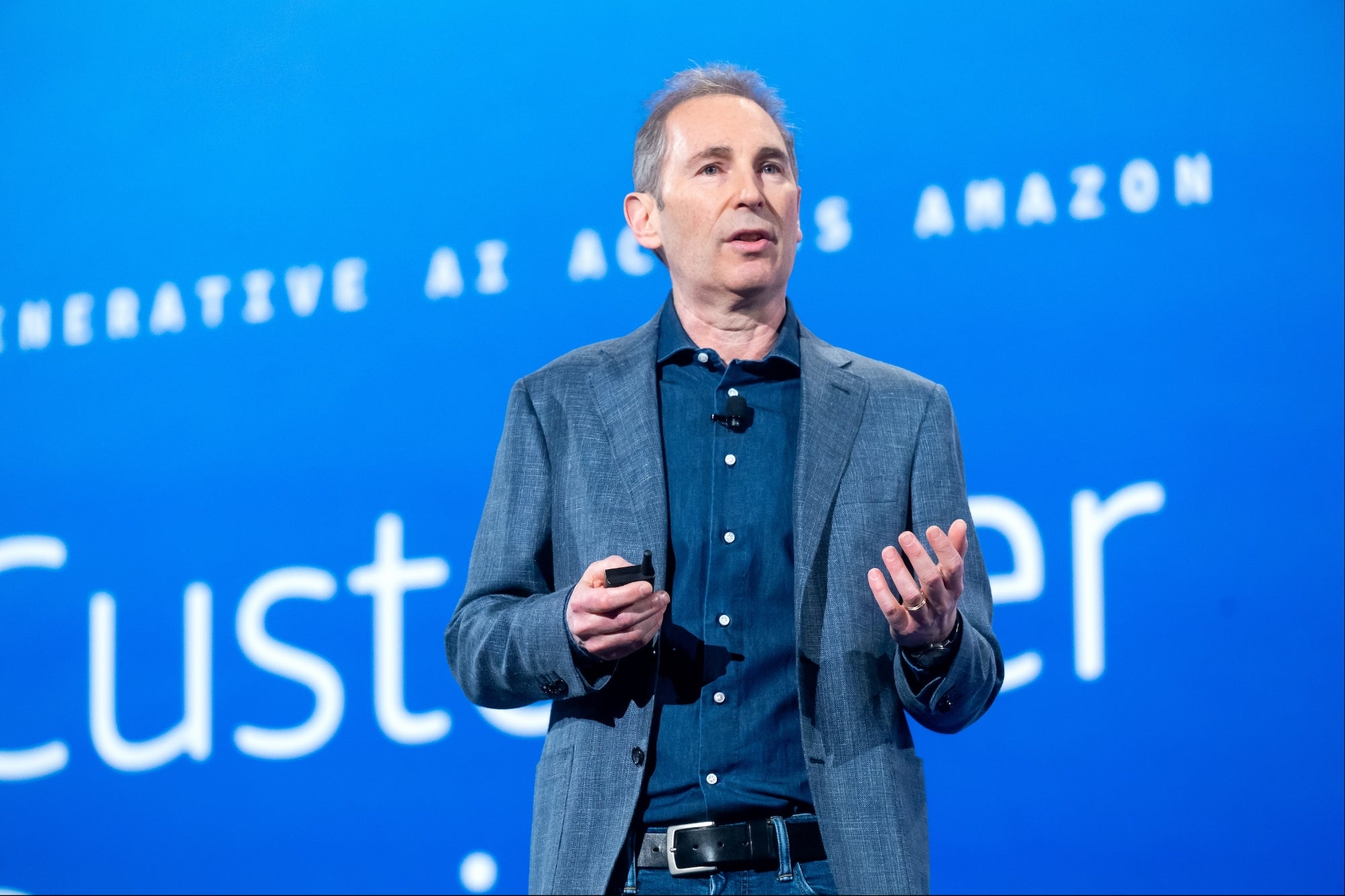What Switching to Lyft Taught Me About Tech's Authenticity Problem It's a mistake to think impersonal efficiency is all that people want from customer service.
By Jeremy Swift
Opinions expressed by Entrepreneur contributors are their own.

This article is included in Entrepreneur Voices on Company Culture, a new book containing insights from more than 20 contributors, entrepreneurs, and thought leaders.
I can't recall ever speaking to my Uber drivers. I pressed the button, they showed up and off we went. Another transaction complete. Then one day, I switched to Lyft. Suddenly, I was chatting with my drivers, usually about mundane topics, but not always. One driver told me how he stopped driving at night after an intoxicated man became verbally, then physically, abusive. The driver punched his attacker in self-defense, then drove the man to the hospital and called the police. Another driver told me how driving part-time allows her to go back to school and pursue a teaching degree. A graphic designer, who supplements her freelance work with Lyft, explained how, on several occasions, conversations with her passengers actually led to graphic design gigs.
Related: If This Is How You're Doing Authenticity, You're Doing It Wrong
Using Lyft, I hear all kinds of stories and meet all kinds of people. But one common thing I hear has a direct bearing on my job as a technology CEO. Although many drivers use both apps, they never expect to have a conversation with an Uber fare. The platforms are basically the same, and yet somehow Uber fosters an entirely transactional ethos, while Lyft creates an authentic experience.
Lyft and Uber do the same thing, but they're very different companies. Why?
Uber has a four-year head start on Lyft -- a tremendous advantage in any field, but one that's especially important in tech. And yet, while Uber remains the market leader, Lyft has gained momentum, tripling its number of rides last year. There are a lot of reasons why Uber has lost ground, but many of those reasons can be linked to the company's problematic culture.
Culture, after all, is the context for our relationships, both transactional and authentic. The culture of any organization, big or small, takes its lead from the top. The good and bad of that culture permeates every level of the company, but it also extends out into the world, where brand meets customer. There are plenty examples of Uber's culture problems (here, here, and here). But the most relevant example is CEO Travis Kalanick himself, who recently stepped down from his post as CEO of the company he co-founded.
Earlier this year, video surfaced of Kalanick in an ugly exchange with an Uber driver. After a public backlash, Kalanick apologized. That was the right thing to do, but Kalanick missed the larger point. An Uber driver -- the only living, breathing connection between platform and customer -- was telling Kalanick something about authenticity, or rather the absence of it at Uber. What the driver was saying was that Uber needed to be a better partner. That is where the rubber meets the road. Either you subscribe to a transactional worldview that says every engagement is an opportunity for maximizing your return on investments, or you take a more holistic view toward building authentic relationships that create value for all stakeholders over time.
Related: Authenticity Through The Narrow Lenses Of The Instagram Age
Culture is code, and it shapes everything we do.
Uber and Lyft have the same basic technology, but two starkly different cultures. By way of example, both companies allow passengers to tip, but only Lyft makes it easy for riders to do so. Sure, we're only talking about a few bucks, but the difference is huge in terms of the human experience. By making the tipping process opaque, Uber marginalizes people, and as a result, it reduces every encounter to a transaction, one which the driver can expect to be overlooked. In contrast, Lyft makes tipping accessible and transparent, opening up the opportunity for a more authentic experience. These decisions are driven by culture, but they're enforced by computer code. And while the interplay between culture and code has obvious implications for rideshare drivers and their passengers, it also permeates the rest of our society.
Have you ever unfriended someone on Facebook for political reasons? Sure, the political climate is ugly these days, but isn't unfriending someone you disagree with just as transactional as the culture at Uber? And it's not just politics. Professionally, we reduce ourselves to the narrow box of a LinkedIn profile, and we demand others to do the same. One of the great paradoxes of the digital revolution is that the more we connect, the more transactional we become. Our social and professional networks are huge, but they're also thin because avatars, not people, populate them. And yet we crave authenticity, not just from our leaders, but from our friends, our spouses and even the brands we choose to give our business to.
Tech means a lot, but service drives authentic relationships.
Related: 8 Essential Qualities Necessary to Be Great in Relationships
Sure, service can be transactional. I never had a complaint about the service rendered by my Uber drivers, but those transactions never amounted to anything more than a charge on my credit card. Whatever relationship I had with Uber wasn't authentic, and it certainly wasn't built to last. But Lyft -- that's a different story, one every technology CEO can learn from.










